 | ||
Nasa satellite shows high productivity from u s corn belt
The Corn Belt is a region of the Midwestern United States where corn (maize) has, since the 1850s, been the predominant crop, replacing the native tall grasses. By 1950, 99% of the corn was grown from hybrids. Most corn is fed to livestock, especially hogs and poultry. In recent decades soybeans have grown in importance. The U.S. produces 40% of the world crop.
Contents
- Nasa satellite shows high productivity from u s corn belt
- 2016 u s corn belt crop tour kevin otto interview
- Geography
- History
- EPA Ecoregion
- References
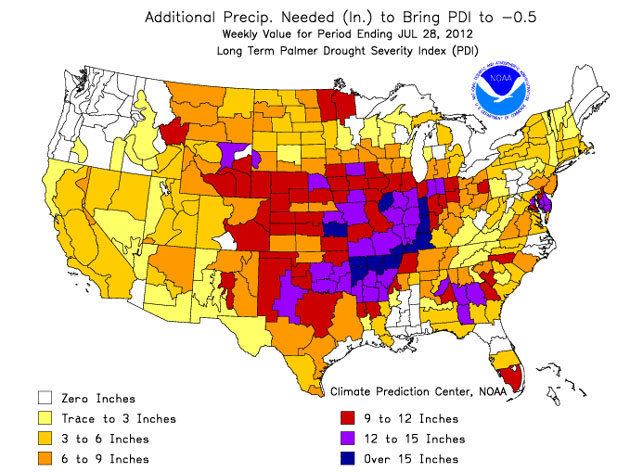
2016 u s corn belt crop tour kevin otto interview
Geography
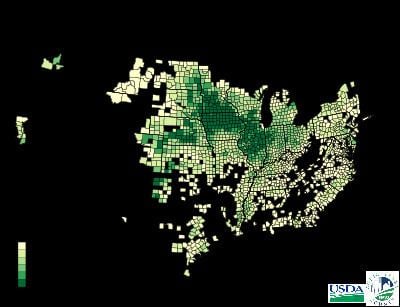
Geographic definitions of the region vary. Typically, it is defined to include: Iowa, Illinois, Indiana, southern Michigan, western Ohio, eastern Nebraska, eastern Kansas, southern Minnesota and parts of Missouri. As of 2008, the top four corn-producing states were Iowa, Illinois, Nebraska and Minnesota, together accounting for more than half of the corn grown in the United States. The Corn Belt is sometimes defined to include parts of South Dakota, North Dakota, Indiana, Ohio, Wisconsin, Michigan, and Kentucky. The region is characterized by relatively level land and deep, fertile soils, high in organic matter.
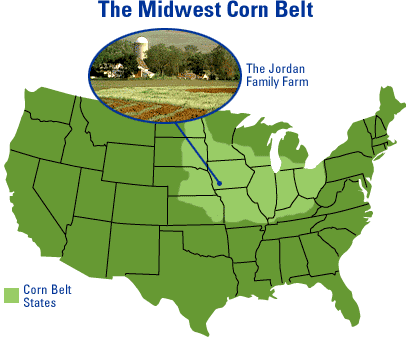
More generally, "Corn Belt" represents the most intensively agricultural region of the Midwest, connoting a lifestyle based on ownership of family farms, with supporting small towns and powerful farm organizations that lobbied to obtain higher prices.
History
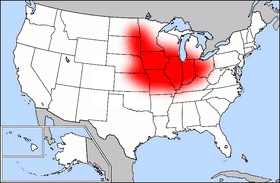
In the era from 1860 to 1970, new agricultural technology transformed the Corn Belt from a mixed crop-and-livestock farming area to a highly specialized cash-grain farming area. While the landscape was greatly modified, the family farm remained the normal form. Its acreage doubled, as farmers bought out their neighbors (who then moved to nearby towns). After 1970 increased crop and meat production required an export outlet, but global recession and a strong dollar reduced exports, depressed prices below costs of production, and created serious problems even for the best farm managers.
Former Vice President Henry A. Wallace, a pioneer of hybrid seeds, declared in 1956 that the Corn Belt developed the "most productive agricultural civilization the world has ever seen".
EPA Ecoregion
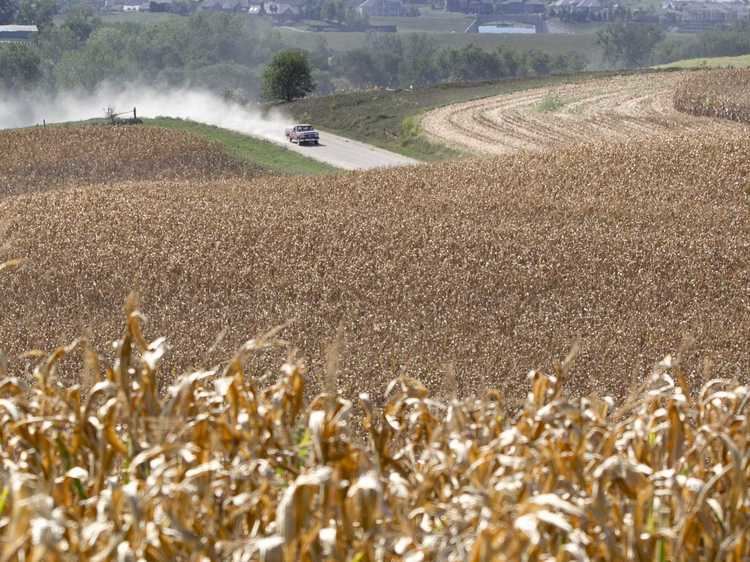
In 1997, the USEPA published its report on United States' ecoregions, in part based on "land use." Its "Level III" region classification contains three contiguous "Corn Belt" regions, Western (47), Central (54), and Eastern (55), stretching from Indiana to eastern Nebraska.
